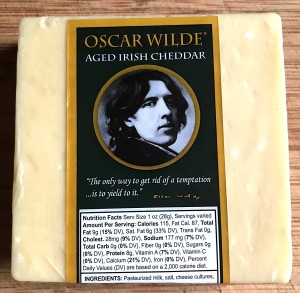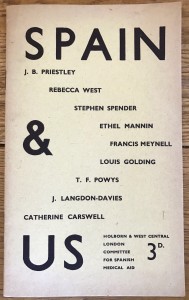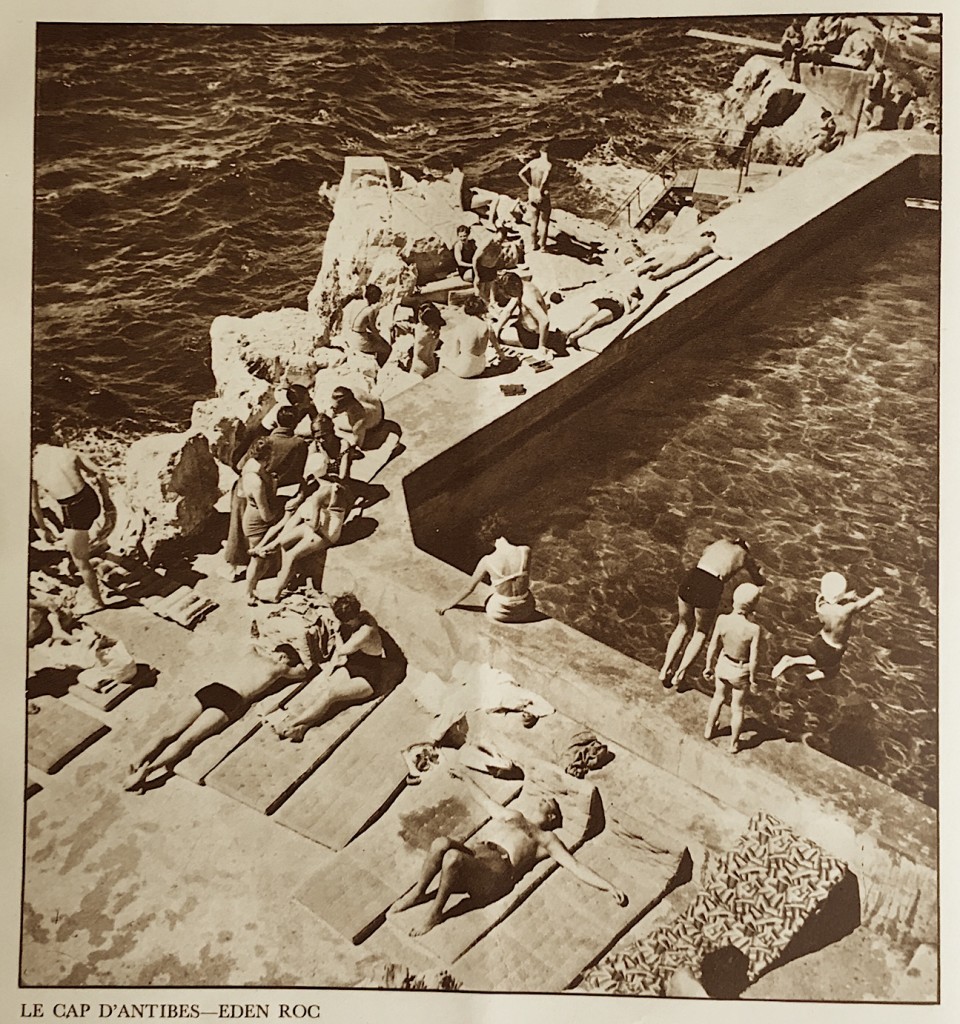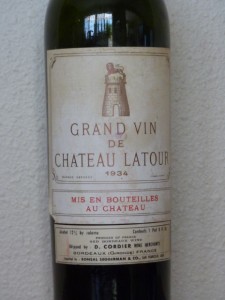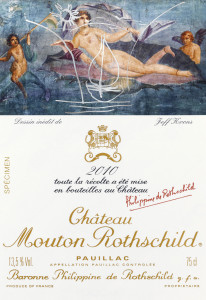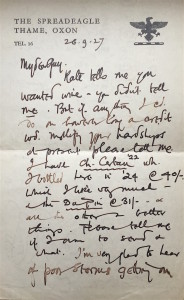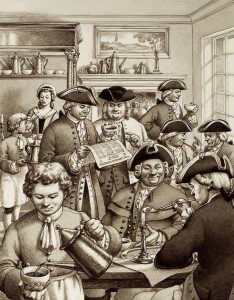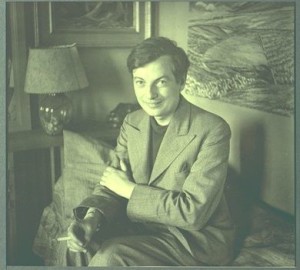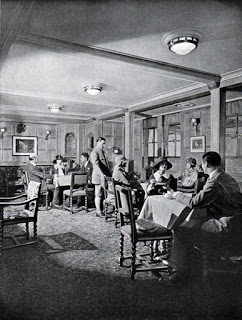Judging from their entries in their 1956 guide to good eating, Bon Viveur ( Fanny and Johnny Cradock ) had nice things to say about eateries in coastal Norfolk. Here are two of the restaurants they wrote about:

The Golden Lion Hotel, Hunstanton.
Nearest railway station: Hunstanton.
This is a place to take the family in summer for a seaside holiday. It is a solid hotel solidly set down at right angles to the sea and the golden sands. We can still remember a guinea fowl and an apricot pie with fresh cream at astonishingly moderate fee and the samphire ( seaweed) which grows hereabouts and which chef serves among his hors d’oeuvre. His Norfolk Mussels Meuniere are likewise delectable.
Bed and breakfast 19s. 6d.
En pension from 35s.
Breakfast from 4s. 6d.
Luncheon 6s. 6d. to 7s. 6d.
Dinner –8s.6d. to 10s.6d.
Along the coast from here, at Snettisham, the pickling of samphire still goes on in the cottages. The old ’uns in the village will reminisce of mussel and Stewkey Blue cockle collecting which was done in those days in tiny carts drawn by St Bernard dogs. Inland, you must explore the stately homes of the county—Raynham Hall, seat of ‘Turnip’ Townsend, designed by Inigo Jones; Blickling Hall, Jacobean architectural jewel, and Holkham Hall, enshrined in Ilex Groves.
A recent visit in late May by your Jotter confirmed that Hunstanton on a hot summer’s day is still an attractive holiday spot for families , with its funfair, crazy golf and golden sands extending four miles down to Snettisham, where incidentally eight years before this entry was written the largest trove of Iron Age gold and silver in Europe was discovered in a field by a local ploughman, an event commemorated today in the name of the antiquarian bookshop in the village ( Torc Books). Some of the old cottages where samphire was pickled are doubtless holiday homes, though samphire ( which is not botanically speaking a seaweed ) still grows on the mudflats in north Norfolk, although mussel and cockle collecting has long gone.
The station at Hunstanton is now a huge car park, but the imposing Golden Lion Hotel, the oldest building in the town( 1846) is still there, though a double room without breakfast will now set you back £120. The restaurant still serves samphire as a starter , but guinea fowl, mussels and apricot tart have been replaced by steaks, the inevitable sea bass and vegetarian options.
Continue reading
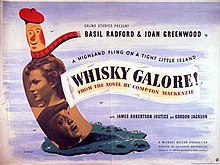 Compton Mackenzie is not a writer who raises much interest among readers nowadays. Few literary people today could name more than two of his many novels, the most famous of which, Whiskey Galore, was made into a hit film. However, back in the early fifties, readers of his article, Tricks of the Trade ‘, which appeared in the January 1953 issue of The Writer, would have lapped up this very frank account of his daily writing routine, which retains its interest today.
Compton Mackenzie is not a writer who raises much interest among readers nowadays. Few literary people today could name more than two of his many novels, the most famous of which, Whiskey Galore, was made into a hit film. However, back in the early fifties, readers of his article, Tricks of the Trade ‘, which appeared in the January 1953 issue of The Writer, would have lapped up this very frank account of his daily writing routine, which retains its interest today.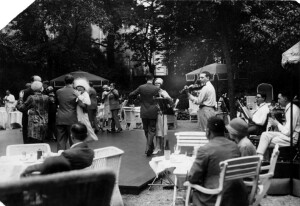
 ‘Magdalen, both the most beautiful and the most intellectually diverse. Christ Church is an unreconstructed sanctuary of the worst in British snobbery; Balliol is like an American law school, full of politics and ambition. Magdalen has everything : class warfare on even terms, superb tutors, an immense spectrum of interests and tastes’. Other colleges are available…
‘Magdalen, both the most beautiful and the most intellectually diverse. Christ Church is an unreconstructed sanctuary of the worst in British snobbery; Balliol is like an American law school, full of politics and ambition. Magdalen has everything : class warfare on even terms, superb tutors, an immense spectrum of interests and tastes’. Other colleges are available…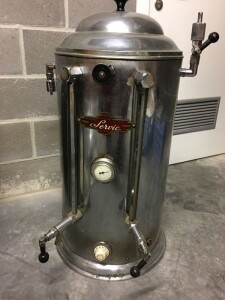
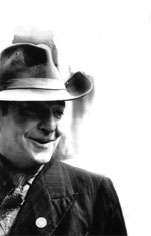
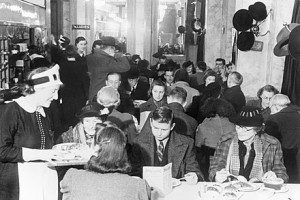 Leonard P Thompson, is a complaint about the ‘catchpenny ‘afternoon teas served up by typical road houses and other mediocre eating places.
Leonard P Thompson, is a complaint about the ‘catchpenny ‘afternoon teas served up by typical road houses and other mediocre eating places.